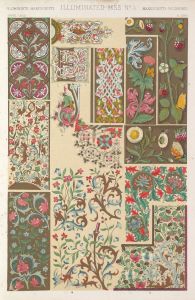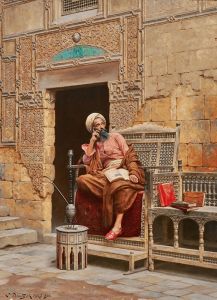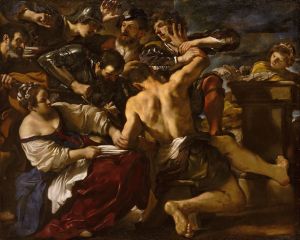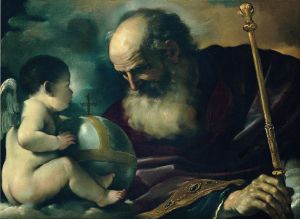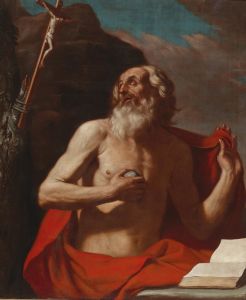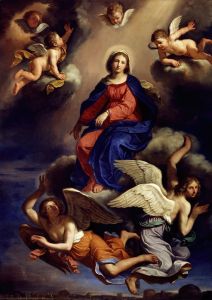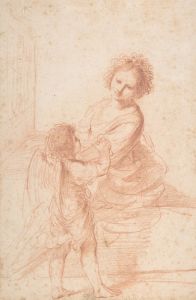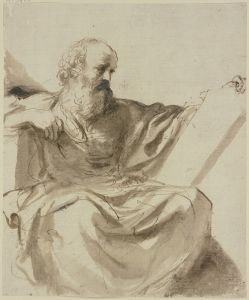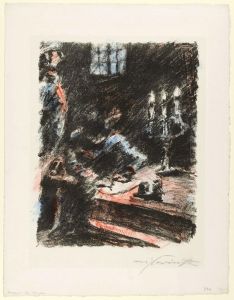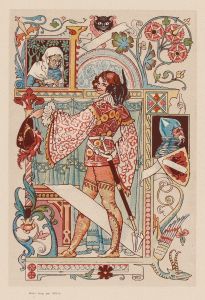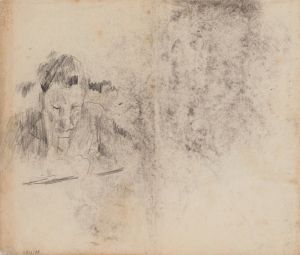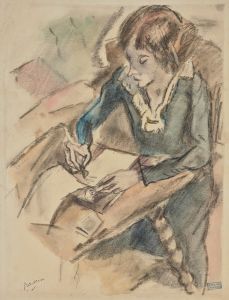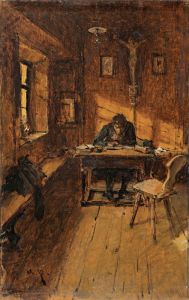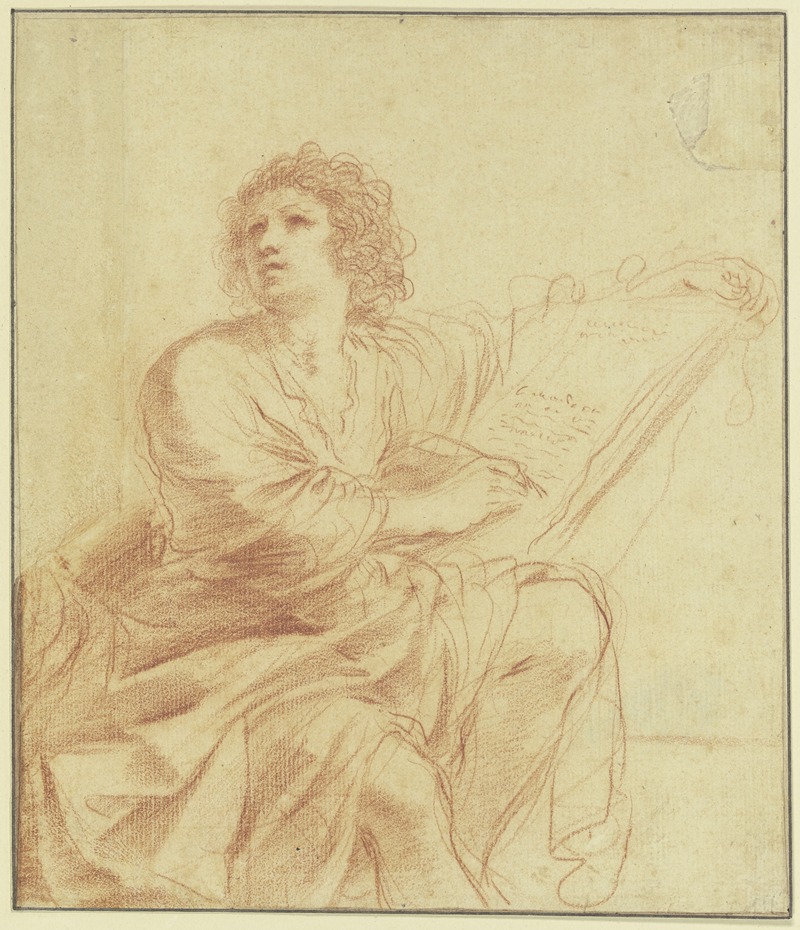
Johannes der Evangelist, sitzend und schreibend
A hand-painted replica of Guercino’s masterpiece Johannes der Evangelist, sitzend und schreibend, meticulously crafted by professional artists to capture the true essence of the original. Each piece is created with museum-quality canvas and rare mineral pigments, carefully painted by experienced artists with delicate brushstrokes and rich, layered colors to perfectly recreate the texture of the original artwork. Unlike machine-printed reproductions, this hand-painted version brings the painting to life, infused with the artist’s emotions and skill in every stroke. Whether for personal collection or home decoration, it instantly elevates the artistic atmosphere of any space.
Johannes der Evangelist, sitzend und schreibend (translated as John the Evangelist, seated and writing) is a painting by the Italian Baroque artist Giovanni Francesco Barbieri, commonly known as Guercino. Created in 1625, this work exemplifies Guercino's mastery of chiaroscuro and his ability to convey emotion and spirituality through his art. The painting depicts Saint John the Evangelist, one of the Twelve Apostles and the traditionally attributed author of the Gospel of John, the Epistles of John, and the Book of Revelation in the New Testament.
In this artwork, Saint John is portrayed seated, deeply engaged in the act of writing. He is shown with a serene yet contemplative expression, emphasizing his role as a writer and theologian. The figure is illuminated by a soft, focused light, which highlights his face and hands, creating a dramatic contrast with the darker background. This use of light and shadow is characteristic of Guercino's style and reflects the influence of Caravaggio and the tenebrist tradition.
The painting includes symbolic elements that identify the subject as Saint John. An eagle, a traditional attribute of the saint, is prominently featured in the composition. The eagle symbolizes John's soaring theological insights and his association with the divine inspiration of his writings. The inclusion of this symbol helps viewers immediately recognize the identity of the figure.
Guercino's work during this period is marked by a balance between naturalism and idealization. In Johannes der Evangelist, sitzend und schreibend, the artist captures the humanity of Saint John while also imbuing the figure with a sense of divine purpose. The meticulous attention to detail, particularly in the rendering of textures such as the folds of the clothing and the feathers of the eagle, demonstrates Guercino's technical skill and his ability to bring a sense of realism to his compositions.
The painting was created during Guercino's early mature period, a time when he was gaining recognition for his innovative approach to religious and mythological subjects. His works from this era are characterized by their emotional depth and dynamic compositions, which set him apart from many of his contemporaries.
Today, Johannes der Evangelist, sitzend und schreibend is housed in the Alte Pinakothek in Munich, Germany. The museum is renowned for its extensive collection of European paintings, and this work by Guercino is considered an important example of Baroque art within its holdings. Visitors to the museum can view the painting as part of its permanent collection, where it continues to be admired for its artistic and historical significance.
This painting remains a testament to Guercino's ability to combine technical excellence with profound spiritual expression, making it a notable example of 17th-century Italian Baroque art.





